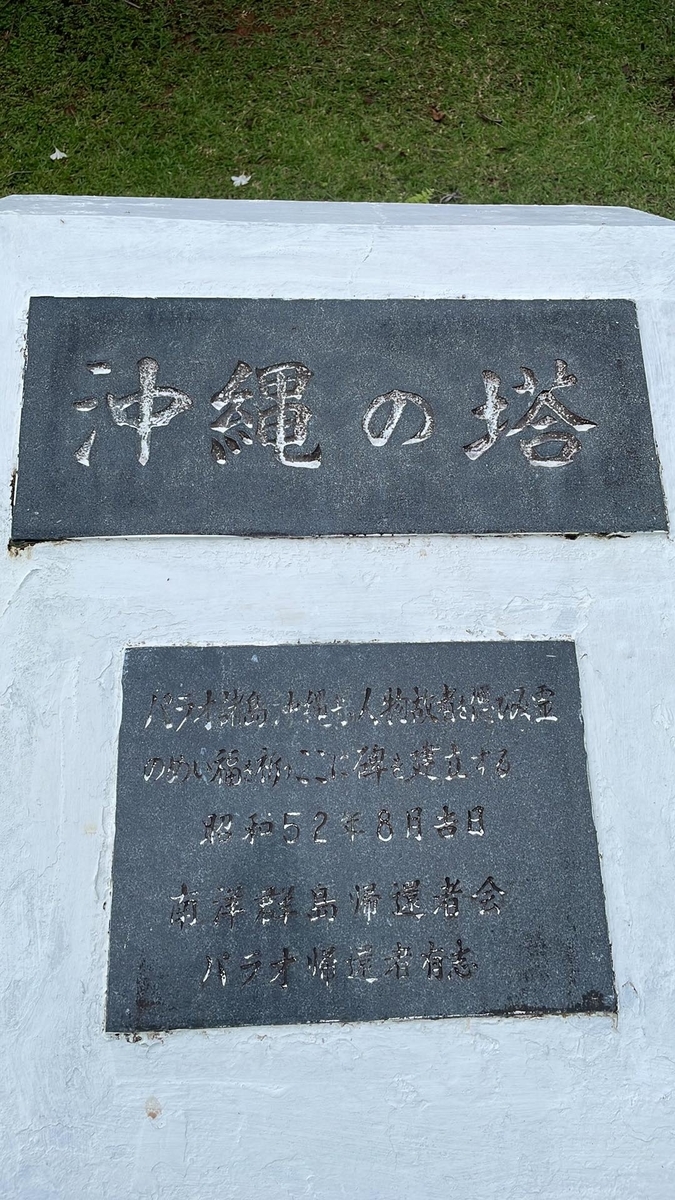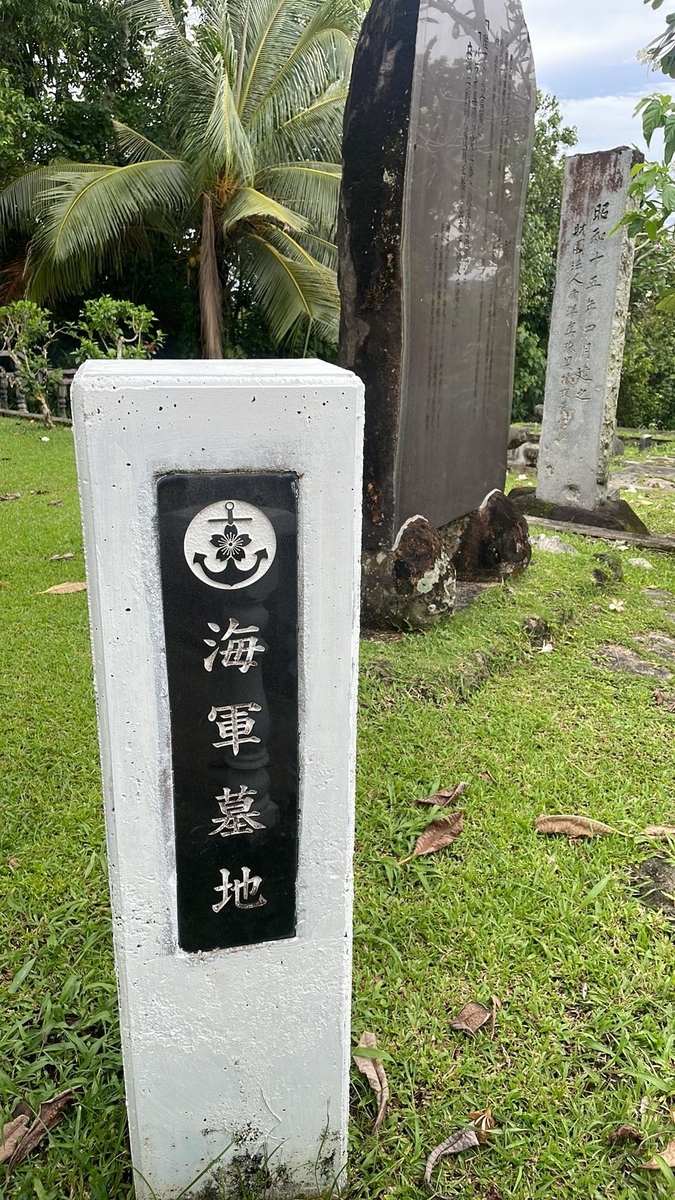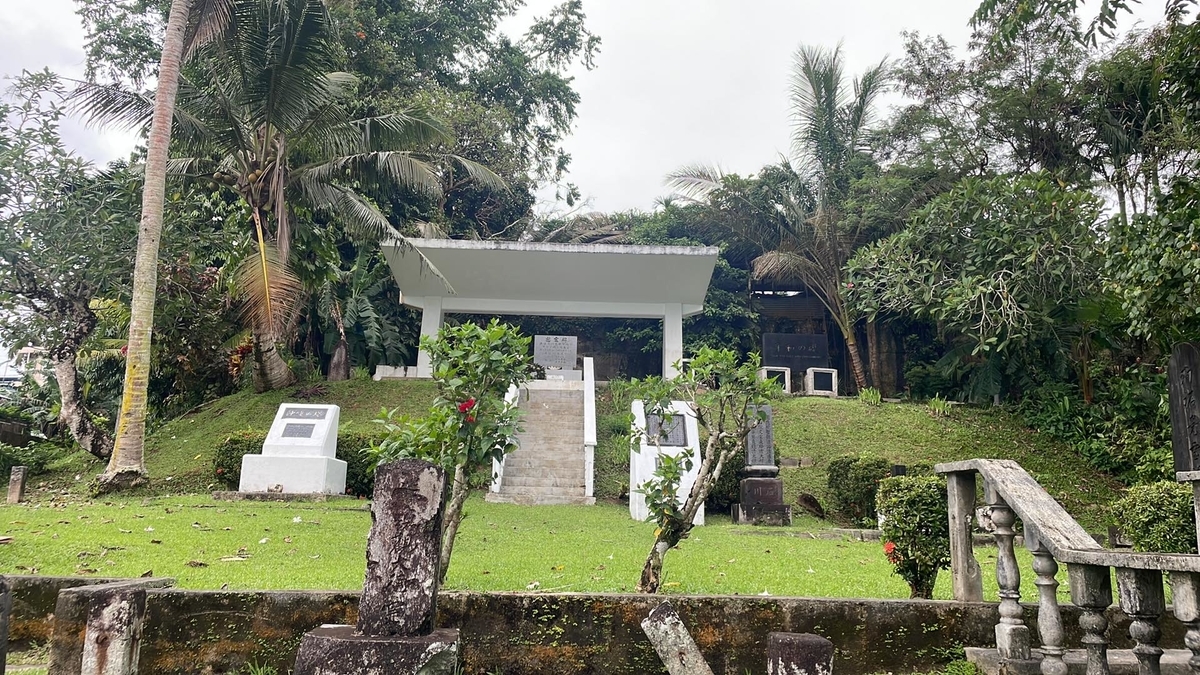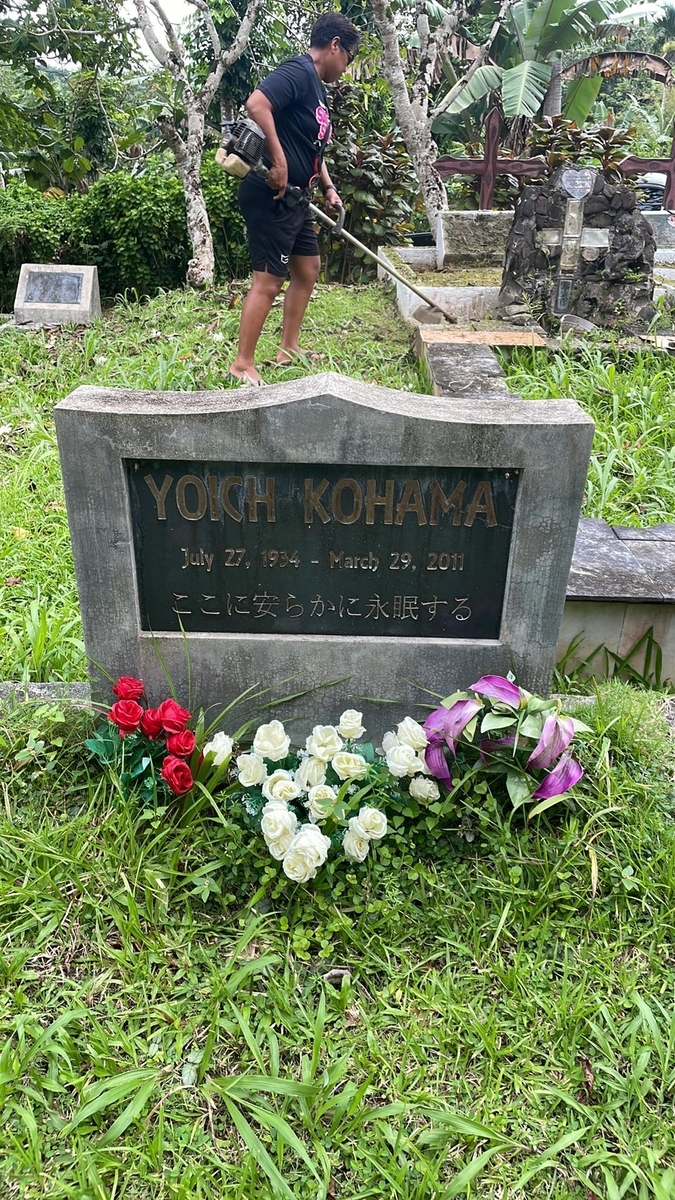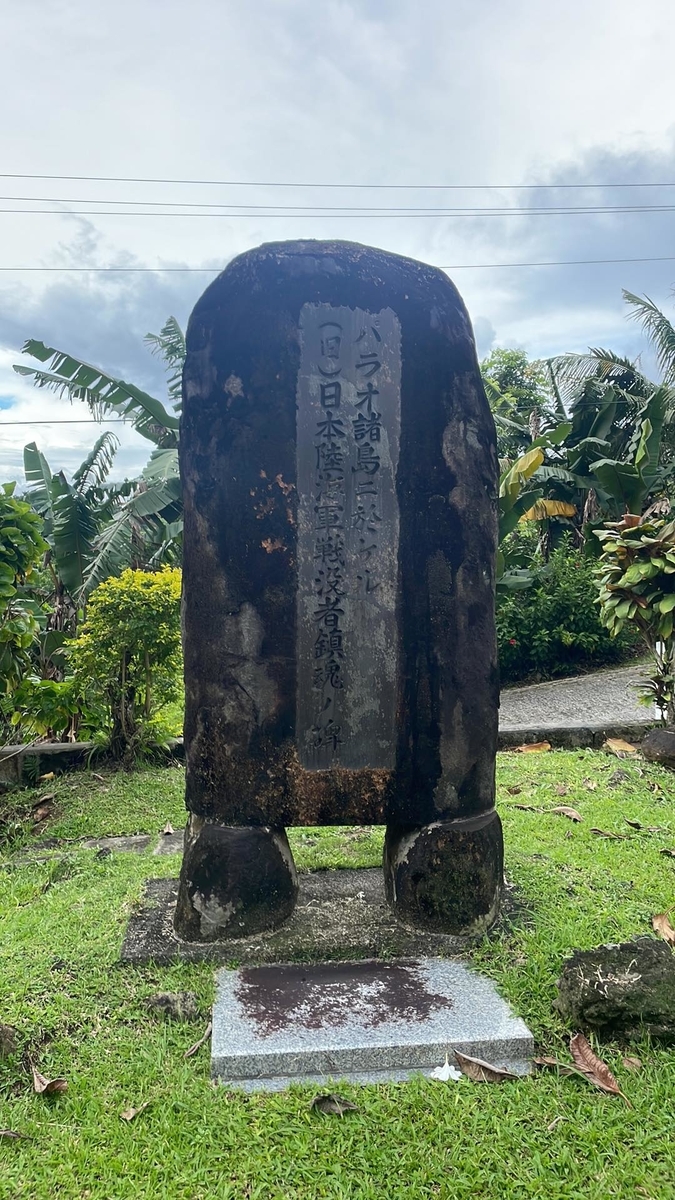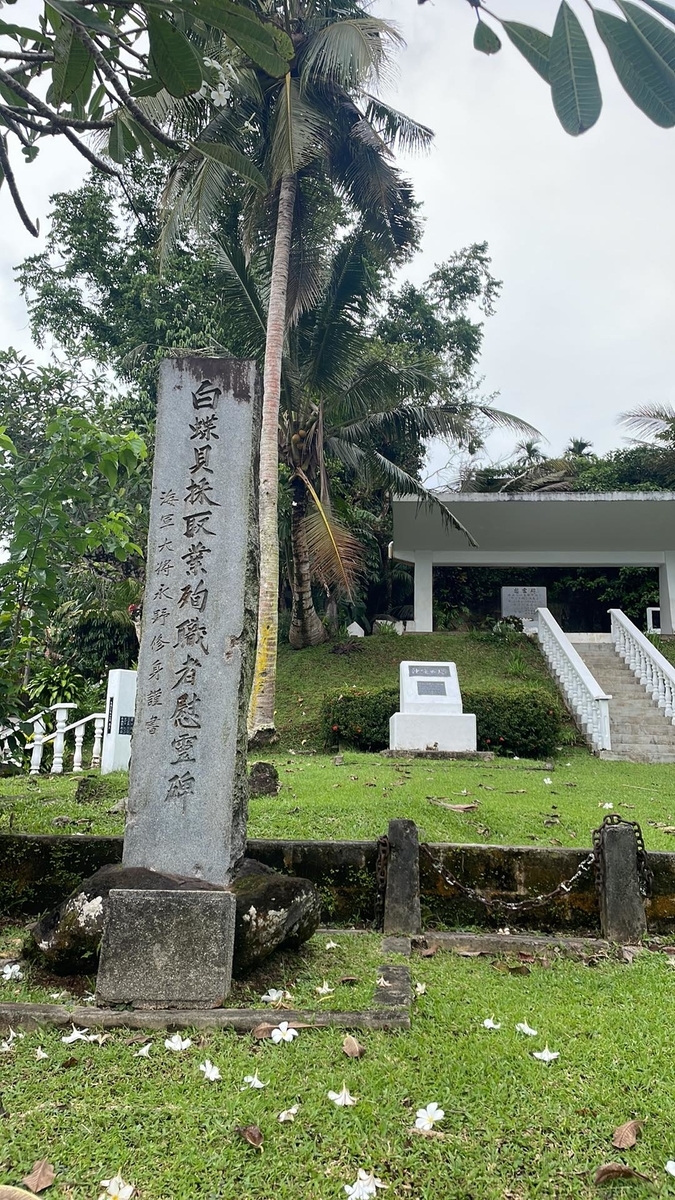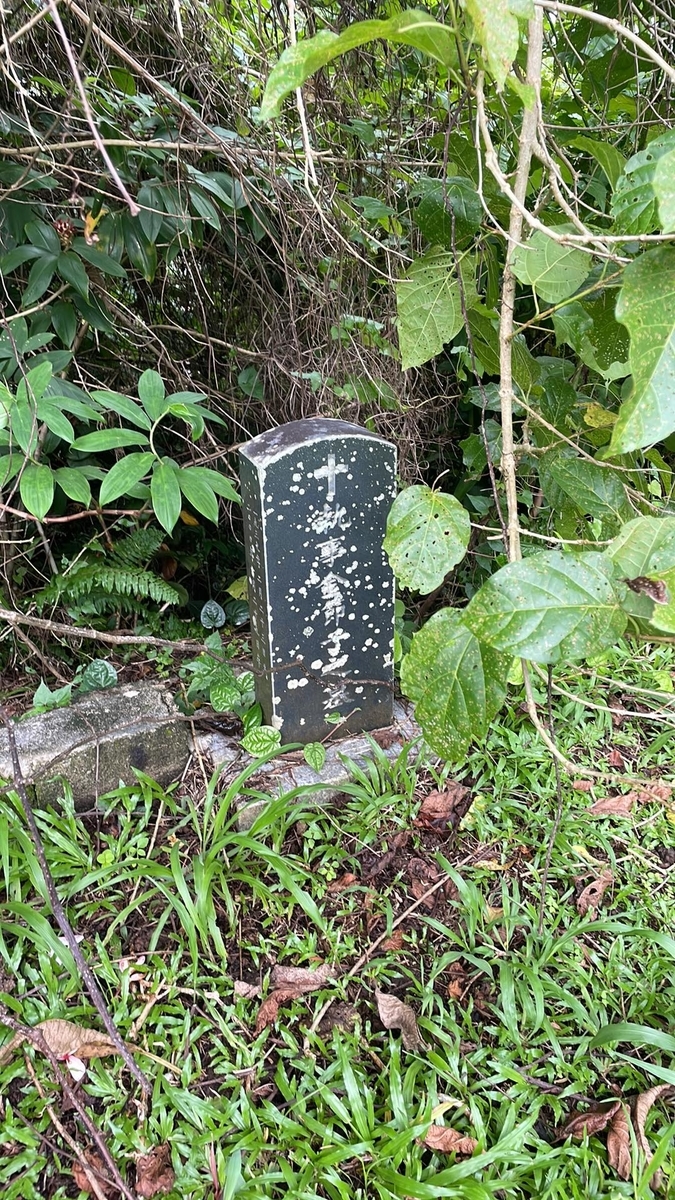「さくら会って知っている?」
「聞いたことはあるけど、、ちょっと調べてみるね。」
パラオのまだ20代の若い友人から連絡があった。友人の家族がさくら会の日本海軍墓地の清掃をしており手伝ってきたのだそうだ。
戦争中の「兵隊さんはえらかった」には距離を置いている。失われた命は尊いが、パラオの人たちに酷い事をした兵隊もいた。英和の両方の情報に接していると美しい話だけを信じる事はできない。また「慰霊」という名目で日本の犯罪組織がパラオに入っている事も地元の多くの方達から聞かされ、距離を保ってきたのだ。
友人のファミリーが清掃しているという海軍墓地、そして「さくら会」
検索をかけたら学術論文が出てきた。「さくら会」とは何か、を説明した箇所があったので機械訳をかけ、ざっと確認してパラオの若い友人に送った。
「旧南洋群島における混血児のアソシエーション-パラオ・ サクラ会」
飯髙伸五 移民研究 = Immigration Studies(5): 1-26 2009
飯髙氏が結論で述べている次の箇所は、私も現場で感じてきた事である。ただし後半の分析は完全に同意できない。現在であれば多くの米国との混血がどのように米国を見ているか関心がある。
「日本の敗戦に伴う社会体制の変更により数々の苦難を経験してきたパラオの混血児が、日本統治時代を美化して語り、再訪した日本人を厚遇したことは想像に難くない。しかし、それは親日感情のあらわれとはいえない。かれらもまた、戦後の歴史過程のなかで日本統治経験を解釈、再解釈しているのである」
さくら会に関する部分の英訳。下記に和文も掲載しますので間違っていたら教えてください。
1. history and purpose of establishment
Most of the main members of the Palau Sakura Kai at the time of its establishment have already passed away, but Mr. UK (male, born in 1931), whom the author interviewed in 2008, was one of the founders and had been the president of the Palau Sakura Kai for more than 30 years since the late 1960s.
According to Mr. UK, the objectives of the Palau Sakura Kai were: first, to establish a system to receive memorial groups from Japan; second, to find relatives of mixed-race children in Japan; and third, to provide mutual assistance to other mixed-race children.
Regarding the first point, many of the mixed-race children had been separated from their parents, so the Japanese were interested in visiting the Palau. In fact, the fact that it became possible for the Japanese to visit Palau from the late 1960s onward was due in large part to the assistance of the Palau Sakura Kai. Since it was not easy for Japanese to travel to Palau at that time, it was necessary for local people to help with various arrangements such as travel procedures and accommodation.
Mr. UK was a councilor for the Trust Territory of Palau at the time, so he was in a good position to organize a system to receive the memorial group.
In addition, it was necessary for the Palauans who supported the groups to apply for a land concession in order to erect the cenotaph, which was a long-cherished wish of the groups.
The Palau Sacramento Association was the first to erect a Japanese cemetery (naval cemetery) in Koror. In addition to the cenotaphs, the government has taken various steps to erect cenotaphs in Peliliu, Angaur, which were the battlegrounds of the war.
- The land was confiscated during the occupation by the Japanese Navy in 1914, and later became a graveyard for Japanese immigrants.
Many of the cenotaphs were erected under the joint names of the Japanese Memorial and the Palau Sakura Kai. Some of the Palau Sakura Kai members are buried in the Japanese cemetery.
The second point was closely linked to the first. For the mixed-race Palauan children, it was a common concern to reconnect with their fathers and their father's relatives and descendants who had retreated to Japan, and to reconnect with the Kyodai from whom they had been separated. At the same time, the mixed-race children helped to find relatives of the "leftover migrants" in Palau after the war - Japanese who were unable to return with their parents during the turbulence of the war and postwar period and were adopted by the Palauans. The "leftover migrants" lived as Palauans after the war, but many of them felt close to the mixed race children, and some of them joined the Palau Sakura Association.
As for the third point, in the case of the mixed-race children who were not included in their father's family register, the change in their living environment following their father's repatriation after the war, and in the case of the mixed-race children who were included in their father's family register, the sense of alienation after the repatriation from Japan and return to Palau deeply affected the children's lives. As will be discussed later, the mixed-race children in their father's family register experienced discrimination, being called "islanders" by the Japanese and "Japanese" by the Palauans. From these experiences of hardship, mixed-race children felt the need for mutual assistance.
From the above, it can be seen that the Palau Sakura Kai was an association that was established with the external goal of accepting memorial groups, as well as the internal goal of searching for their own relatives and providing mutual assistance. To accomplish these goals, members held monthly meetings, collected a small membership fee, and set aside funds. On the other hand, there were no clear rules regarding membership, and while some mixed-race children did not become members, there were also non-mixed-race Palauans and Japanese living in the area who agreed with the purpose of the association and became members.
1. 設立の経緯と目的
パラオ・サクラ会設立時の主要会員のほとんどは既に死去しているが, 2008年に筆者がインタビューを行ったUK (1931年生 , 男性 )は創設者の一人で , 1960年代後半から30年 以上にわたりパラオ・サクラ会の会長職にあった人物である 。UKによれば、パラオ・サクラ会の設立目的は、第一に日本からの慰霊団の受け入れ体制を整えること、第二に日本にいるはずの混血児の肉親を探すこと、第三に混血児同士で相互扶助を行うことなどで あった。
第一の点に関していえば、混血児は肉親と生き別れになっている者も多かったために、 日本人のパラオ再訪には興味を抱いていたという。 実 際 , 1960 年 代 後 半 以 降 , 日 本 か ら の慰霊団の訪問が可能になったのは、確かにパラオ・サクラ会の援助に負うところが大きかった。当時は日本人の渡航が容易でなかったため、渡航手続や宿泊施設の手配など、様々な便宜を取り計らう現地人の協力者が必要であった。当時 UKは信託統治領パラオ地区の議員であったために、慰霊団の受け入れ体制を整備するには格好の立場にいた。
また、慰霊団の悲願であった慰霊碑の建立には、かれらを支援するパラオ人が土地用益の許可申請を行う必要があった 。 パラオ・サクラ会は、コロールの日本人墓地 (海軍墓地 )
- 1914 年の日本海軍による占領時に接収された土地で、後に日本人移住者の墓地となった-のほか、激戦地であったペリリュ一、アンガウルなどに慰霊碑を建立するための諸手続を行っている。慰霊碑のなかには,日本の慰霊団とパラオ・サクラ会の連名で建立され たものも多くある。パラオ・サクラ会の会員のなかには、日本人墓地に埋葬されている者もいる
第二の点は、第一の点と密接に連動していた。パラオの混血児にとって、日本に引き揚げた父および父の親戚やその子孫との関係、生き別れになったキョウダイとの関係を再構築することは共通の関心事であった。同時に、混血児は戦後パラオに「残された移住者」ー 戦中と戦後の握乱のなかで両親とともに引き揚げることが出来ずに、パラオ人に養取さ れ た 日 本 人 ー の 親 戚 を 捜 す こ と に も 協 力 し た 。 「残 さ れ た 移 住 者 」 は 戦 後 パ ラ オ 人 と し て 生 活 し て き た が、混 血 児 に 親 近 感 を 持 つ 者 も 多 く、パ ラ オ ・サ ク ラ 会 に 入 会 す る 者 も い た 。
第三の点に関していえば,父の戸籍に入っていなかった混血児の場合は,戦後の父の引き揚げに伴 う生活基盤の変化、父の戸籍に入っていなかった混血児の場合は、日本の引き揚げとパラオの帰還後の疎外感などが深く影響 している。また、後述するように、父の戸籍 に入っていた混血児は、日本人から 「島民」と呼ばれたり、パラオ人から 「日本人」と呼 ばれた りして差別 された経験を持っている。こうした苦難の経験から、混血児は相互扶助 を行う必要性 を感じていたという。
以上から、パラオ ・サクラ会は、慰霊団の受け入れという対外的な対応と同時に、自らの肉親捜 しや相互扶助など対内的な対応をも目標に掲げて設立されたアソシエーション で あ っ た こ とが わ か る。 会 員 は これ らの 目的 の 遂 行 の た め に、毎 月 ミー テ ィ ン グ を行 い、少額ながらも会費を徴収 し、積み立てていた。一方でメンバーシップに関する明確な規定 はなく、会員にならない混血児もいれば、趣旨に賛同して会員となる非混血児のパラオ人 や現地滞在の日本人もいたという。
パラオの若い友人が送ってくれた写真。2022年5月。熱帯の墓地は草がすぐに生えるのだろう。。
